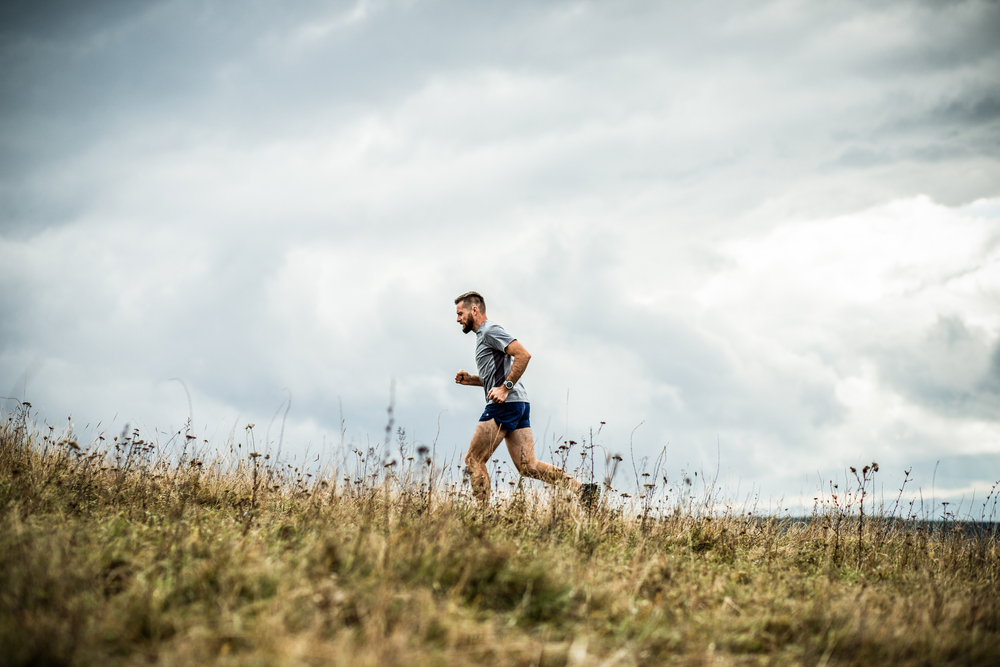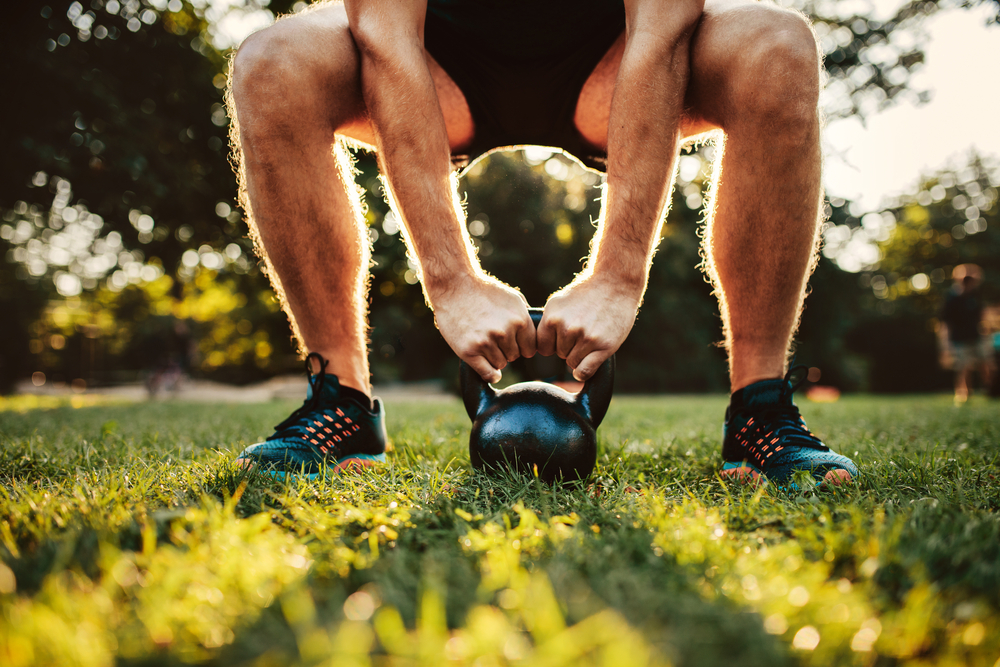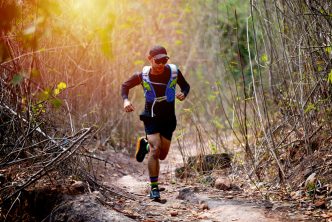Few athletes are bold enough to consider competing in an adventure race. Those who do will only meet success if they know how to train correctly.

Are you looking for more information on how to prepare for the big day? Read on to learn about what you need to know about strength training for adventure racing!
How to Train for an Adventure Race
Adventure racing is like no other sport. Naturally, that uniqueness calls for a specific training method. Follow these ten tips to help you build the strength you need for an adventure race.
1. Research the Race
No two adventure races are identical. With such variation, your first step is to develop a comprehensive knowledge of your specific race.
Each adventure race will consist of different obstacles and navigational challenges that you must be ready to face. The weather may also increase the difficulty of this challenge. Research is your best tool for understanding the rigors of your adventure race.
Don’t bother with any hard training until you know how you need to train. The details of the race you choose will dictate the course of your training schedule.
2. Establish Your Starting Point

After you have done some excellent research, you can begin to consider your physical training. And the only way to get into the condition you need for your race is to have an honest assessment of your starting point.
Taking on more than you can handle in your training will not only discourage you, but you may end up with an injury to the point where you won’t be capable of racing at all. That is why it is so important to be upfront with yourself before you start strength training for adventure racing.
You should also remember that adventure racing is almost always a team endeavor. While some of your teammates could be fit enough to compete from the beginning of training, others will need more time to prepare.
When training as a team, you should cater to the slowest team members. Form training groups so that every teammate can feel comfortable as they improve and prepare for the race. Make
3. Set Goals
Of course, your ultimate goal is to perform as well as you can during your adventure race. Still, you need to develop some smaller goals as well to help you stay on track and assess your progress.
Remember that it is essential to keep training simple. A simple plan is adaptable to multiple forms of adventure racing and won’t become too confusing to follow.
Each individual should identify a few goals for their race preparation. Ideally, they should relate to the weaknesses you have already identified.
For instance, if you are a great mountain biker, it would be best if you maintained that skill while improving paddling or trekking on foot. By building up your weakest skills, you can create a well-rounded team.
4. Make a Training Schedule

Now that you know your goals, it is time to give your training some structure. Your schedule should act as a timeline for your intended improvement and help with accountability. Since your teammates will rely on you to perform well during the race, you need to do your part to prepare.
By agreeing to a set schedule, you won’t need to guess what kind of training you need to do each day. Instead, it will be predetermined. Following a program successfully is also a way to boost your confidence as you meet your small goal in anticipation of the race.
5. Base Strength Training on Race Specifics
When it comes to athletics and exercise, there are several ways that you can become stronger. For instance, there is a distinct difference between short-term explosive power and long-term muscular endurance.
Likewise, athletes have the opportunity to build strength in specific movements based on how they train. Since adventure racing is so different from traditional sports, you will need to adapt your movement capabilities to the actions you need to do during the race.
Considering the length of an adventure race, it is no surprise that endurance is a critical factor in success. But adventure racers also must prepare to deal with rugged terrain.
In your training, you should seek out challenging natural features and practice traveling across or through them. Familiarizing yourself with such obstacles will help you be strong enough to manage the rigors of an adventure race.
6. Start Training Early

Give yourself plenty of time to train. Adventure racing is not something you can decide to partake in on any random weekend. Instead, it is a feat reserved for those who are willing to commit their time towards preparation.
Your length of training will vary based on the length of your race, your goals, and your initial physical conditioning. But in general, it is a good idea to give yourself four to six months of training time before you attempt an adventure race.
7. Train Strategically
Training smart is as important as training hard. As much as you may want to push yourself to the limit in every training session, rest and moderation are equally important.
As alluded to earlier, training beyond your current capacity will be a detriment to your preparation. Overload your body too much, and you may not be able to race at all.
Along with paying attention to your fatigue level, you should also strategize for the race itself. Ask yourself what types of terrain you expect to encounter. Then, make sure that you are used to hiking, biking, and paddling in those conditions.
This way, you’ll have another opportunity to identify potential weaknesses in your racing abilities. At the very least, you can anticipate which parts of the race will be most difficult for you and your team. Then you can allocate more training time to those areas.
8. Strength Train in Stages

When it comes to endurance training, it is best to divide your schedule into multiple stages. Each stage will center on a specific goal. Below are three of the most essential training stages when building strength for adventure racing.
Base
Your base stage is your foundation. This first stage of training is the portion in which you develop your basic adventure racing skills. Practice in all aspects of adventure racing to gain a clear idea of where you stand. Then, with your base established, you can proceed to building your physical attributes.
Build
Remember those weaknesses you identified earlier? The build stage is your chance to improve and eliminate them. During this period, your training will intensify with the goal of building as much strength as you can in the areas of your body that need it most.
Peak
After your build stage, it is almost time for your race. You have just one final training stage remaining. The peak stage is where you can fine-tune your strength and skills. At this point, you should be in excellent physical condition. As such, the peak stage should take place just before the race. In the weeks leading up to your race, you can begin to taper down on your training intensity so that you are fresh and injury-free when the race starts.
9. Stay Focused
Training and completing an adventure race is a challenge for your mind and your body. That is why it is so crucial for you to remain focused on your improvement. By knowing and following your schedule, you stand a better chance of keeping your goals in sight.
10. Fuel Your Body

As with any athletic venture, your success in strength training for adventure racing depends on the food you eat. Without good fuel, your body will struggle to recover from your workouts. You will also have a hard time building the strength you need. Throughout your training, remember to follow a healthy diet with a balance of macronutrients.

